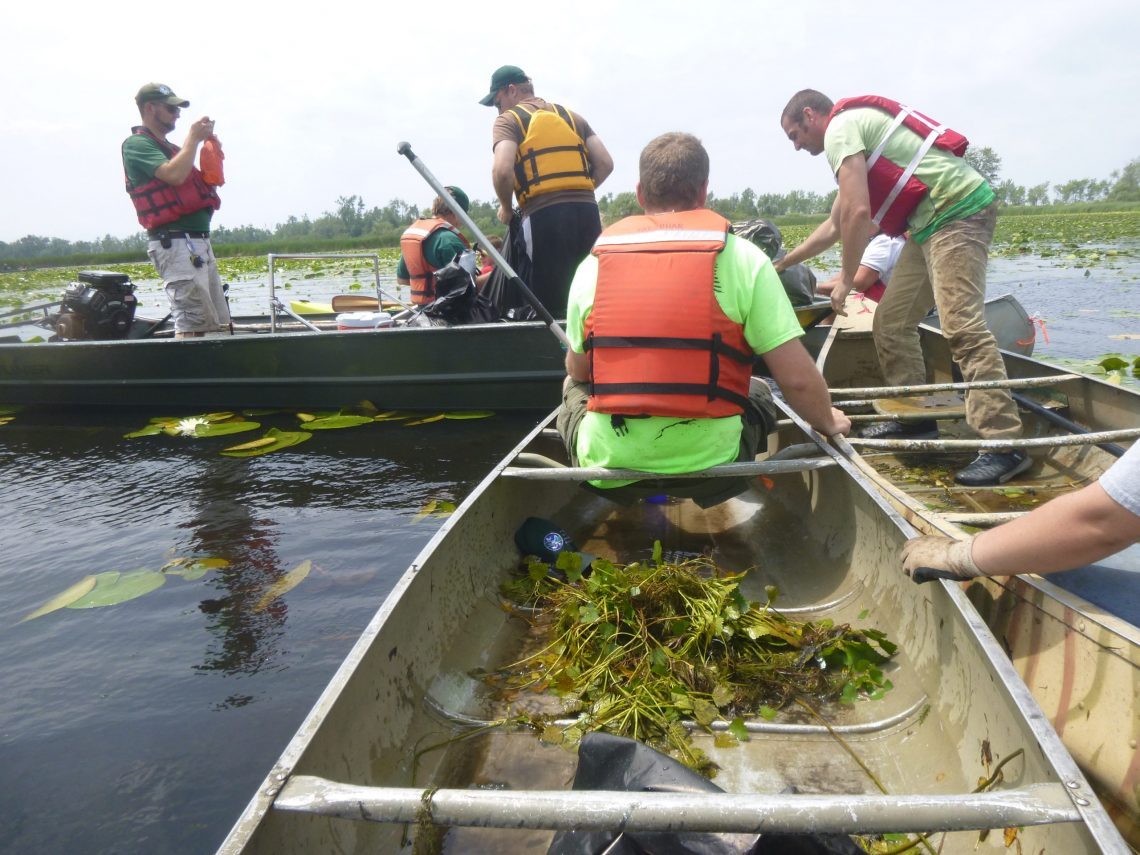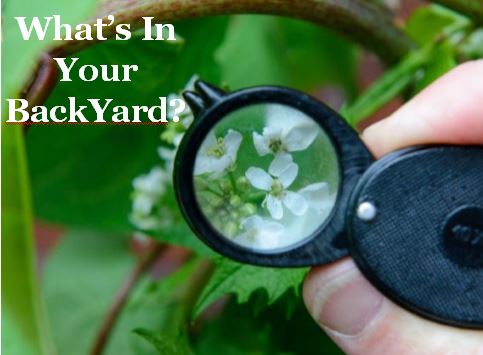Small-scale projects that restore critical corridors can have profound impacts on ecological integrity and resilience in connected landscapes. Learn how work being done along the dunes restores health along the 17-mile dunes coastal barrier.

Newsletter Cover Story: Summer 2022

Partner Spotlight: NYS OPRHP SCA Members Hard at Work
NYS Office of Parks Recreation and Historic Preservation SCA members have been hard at work this field season controlling invasive species.

Invasive Species Removals at Thompson Park
The City of Watertown and Friends of Thompson Park have been working hard to control invasive species.
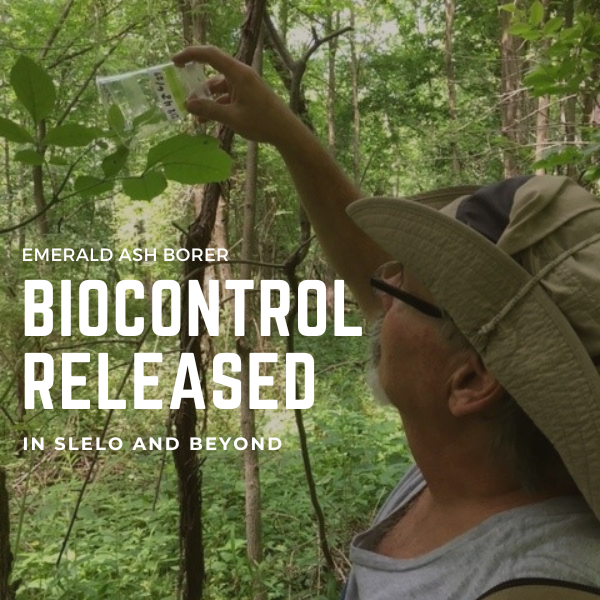
EAB Biocontrol
Thirty-eight counties across the state of New York contain at least one of the four federally approved biocontrol agents for emerald ash borer. Three of these species are currently present in the SLELO region.
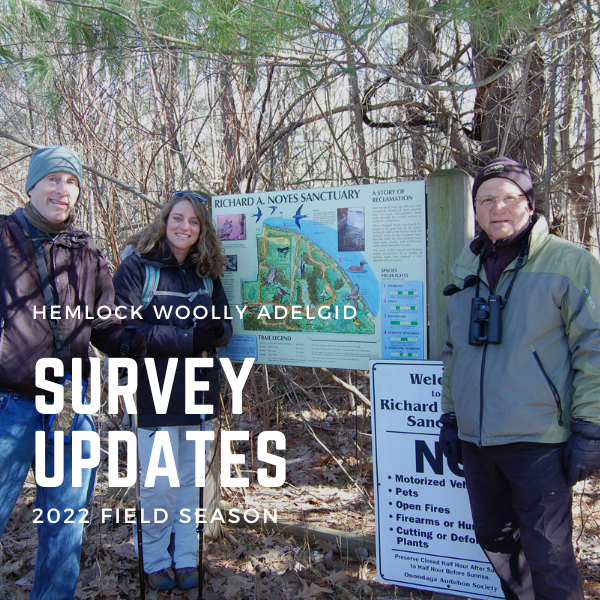
Hemlock Woolly Adelgid Survey Updates
An update showcasing hemlock woolly adelgid early detection surveys for 2022.
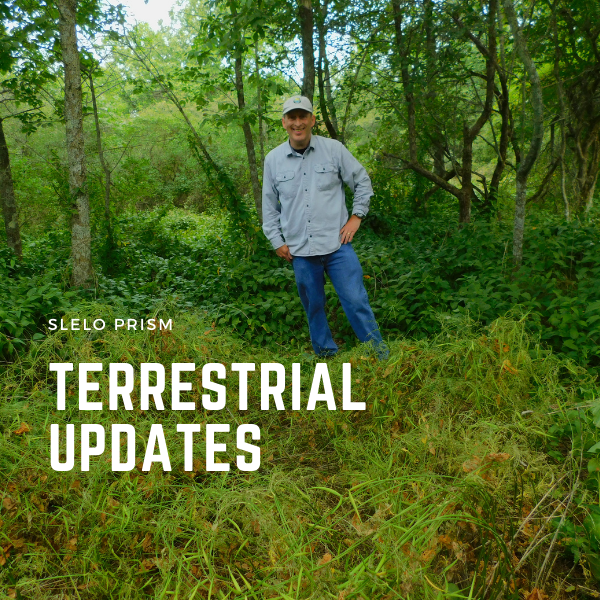
Terrestrial Updates: Summer 2022
Get the latest terrestrial updates from the 2022 field season.
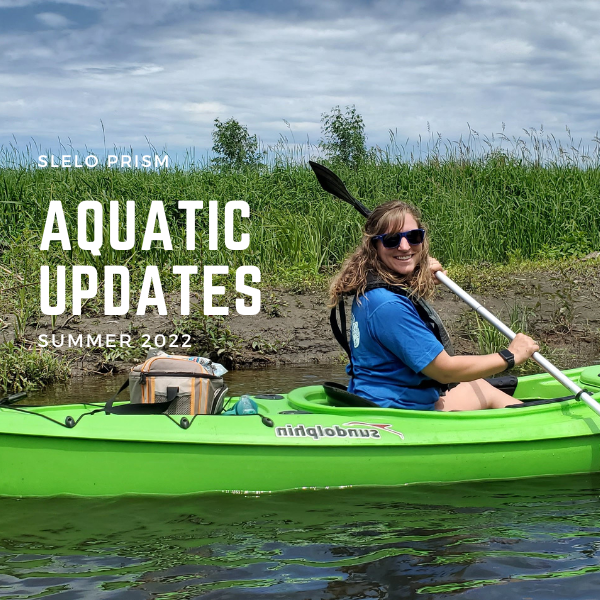
Aquatic Updates: Summer 2022
Get the latest aquatic updates from the 2022 field season.

Connected Waters eDNA Project
SLELO PRISM and APIPP PRISM are collaborating to continue environmental DNA sampling that has been occurring in SLELO PRISM and expand into the Adirondack’s region.
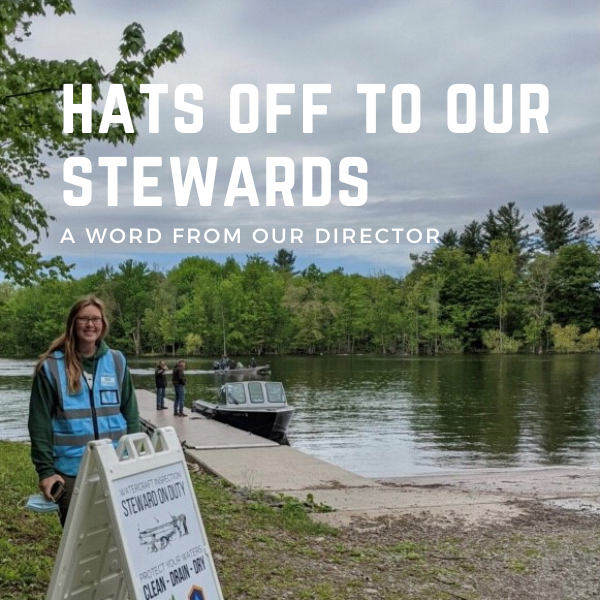
From our Director: Hats off to Our Stewards!
As our first line of defense against the spread of aquatic invasive species, our stewards have made a commitment to inspect thousands of watercraft and educate thousands of boaters about the importance of cleaning, draining, and drying their watercraft.
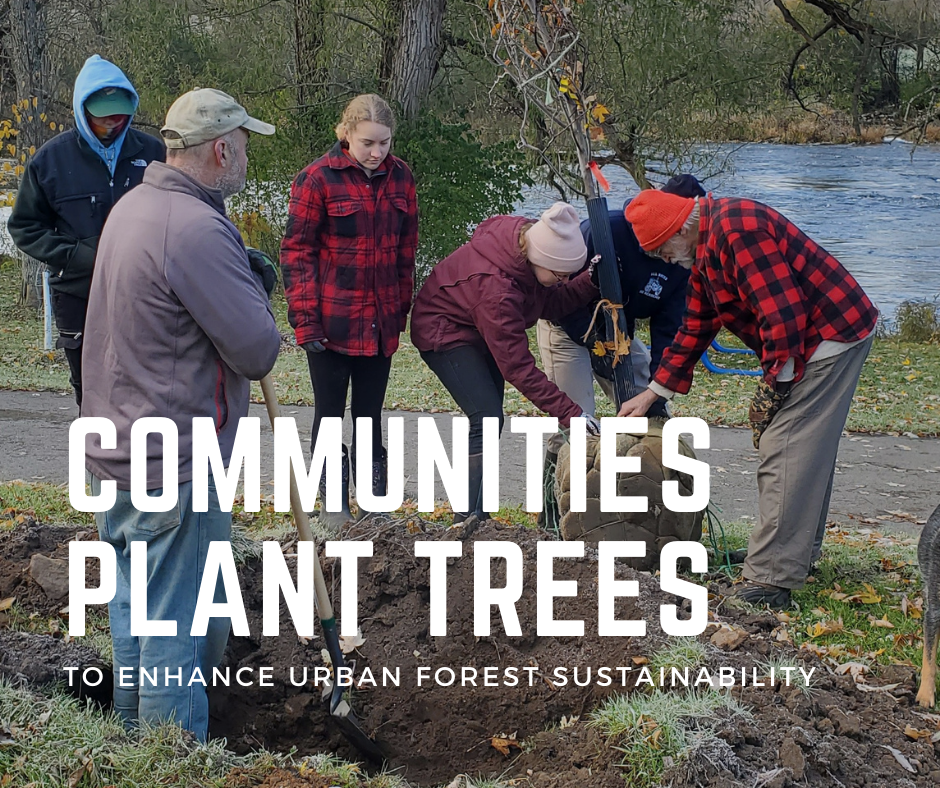
Communities Engage in the Urban Forest Sustainability Initiative
Communities plant trees to enhance urban forest sustainability.
